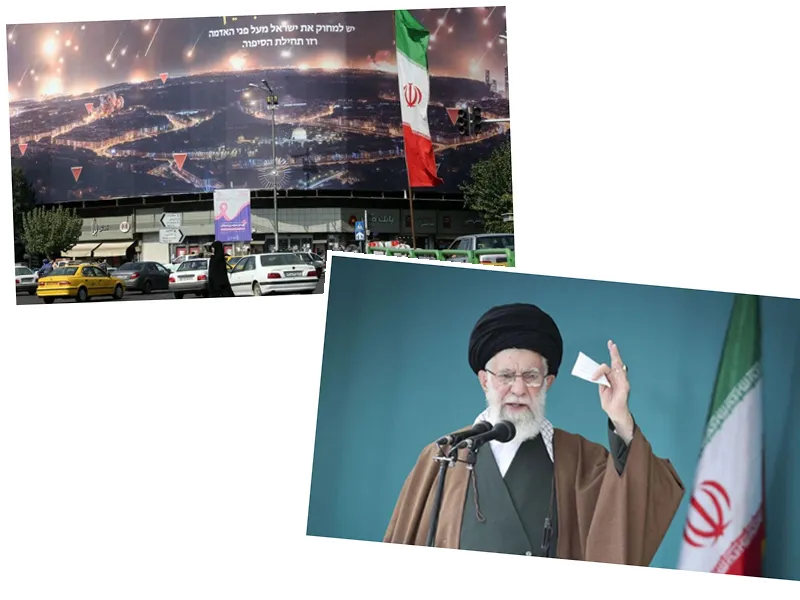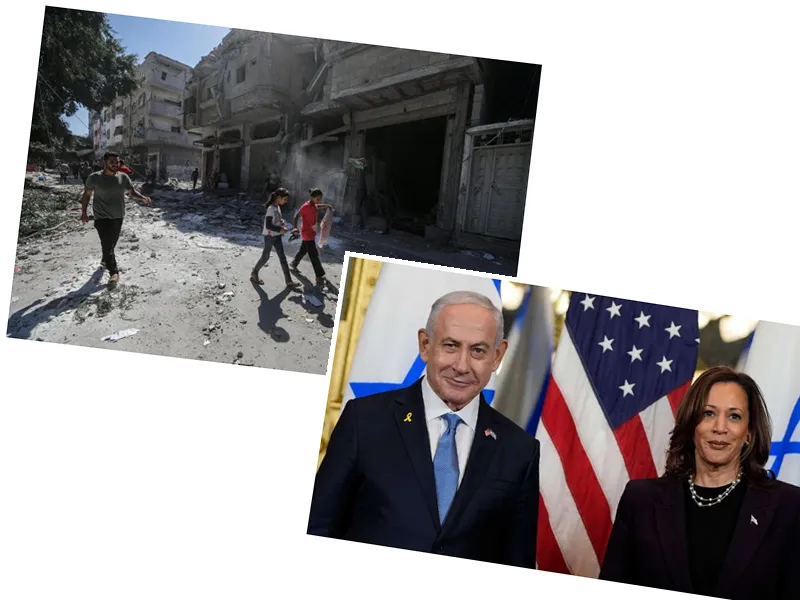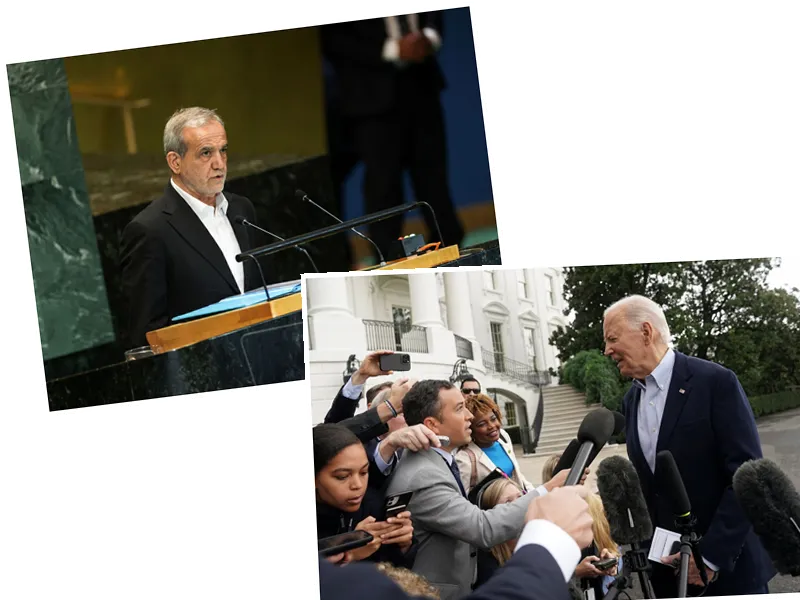Rising Tensions in the Middle East: A Looming Threat from Iran
The geopolitical landscape in the Middle East is fraught with tension as fears of an imminent Iranian attack on Israel escalate. Following a period of potential diplomatic progress regarding a truce in Gaza, intelligence reports indicate that Iran may be preparing to launch a strike against Israel in the coming days. This alarming development has prompted urgent discussions among world leaders, including U.S. President Joe Biden and European allies, who are collectively urging Tehran to de-escalate its aggressive stance.
The U.S. has responded to the heightened threat by bolstering its military presence in the region, deploying a nuclear-powered submarine, the USS Georgia, alongside aircraft carriers to enhance deterrence against potential Iranian aggression. The Israeli Defense Forces (IDF) are also on high alert, with preparations underway for a possible preemptive strike against Hezbollah, Iran's ally in Lebanon, which is reportedly repositioning its military commands in anticipation of conflict.
Diplomatic Efforts Amid Military Preparations
In the face of escalating tensions, diplomatic channels remain active. Biden has engaged with leaders from France, Germany, Italy, and the UK, issuing a joint appeal to Iran to reconsider its plans for retaliation. The urgency of these discussions is underscored by the looming anniversary of Tisha Beav, a significant date in the Jewish calendar that commemorates the destruction of the Temple in Jerusalem. This context adds a layer of complexity to the already fraught situation, as the potential for conflict looms larger.
Despite these diplomatic efforts, reports suggest that Iran has taken significant preparatory measures for an attack, mirroring actions it took prior to previous strikes against Israel. The Iranian leadership appears divided, with President Masoud Pezeshkian advocating for restraint while the Revolutionary Guard pushes for a more aggressive response. This internal conflict complicates the already volatile situation, raising concerns about the potential for widespread conflict in the region.
The Human Cost of Continued Conflict
As military preparations intensify, the humanitarian crisis in Gaza continues to worsen, with reports indicating a staggering death toll of nearly 40,000 since the onset of hostilities on October 7, including a tragic number of children. The ongoing violence and instability have created a dire situation for civilians caught in the crossfire. The international community watches closely as the potential for further escalation looms, with diplomatic solutions becoming increasingly urgent amid the specter of military conflict.
The situation remains fluid, with the possibility of a direct Iranian attack on Israel looming in the immediate future. As both sides prepare for potential escalations, the hope for a peaceful resolution hangs in the balance.
- The current situation is marked by significant military readiness on both sides. Israel's Defense Minister Yoav Galant has reiterated that any attack on Israel will be met with a robust response, indicating that the IDF is prepared to use strategies that have not been employed in previous conflicts. Meanwhile, the Iranian Revolutionary Guard is conducting military exercises near the Iraqi border, signaling its readiness to respond to perceived threats. The regional dynamics are further complicated by the involvement of various international actors, with the U.S. and European nations actively seeking to mediate and de-escalate tensions. However, the persistent threat of conflict looms large, and the humanitarian implications of continued violence in Gaza cannot be overlooked.






